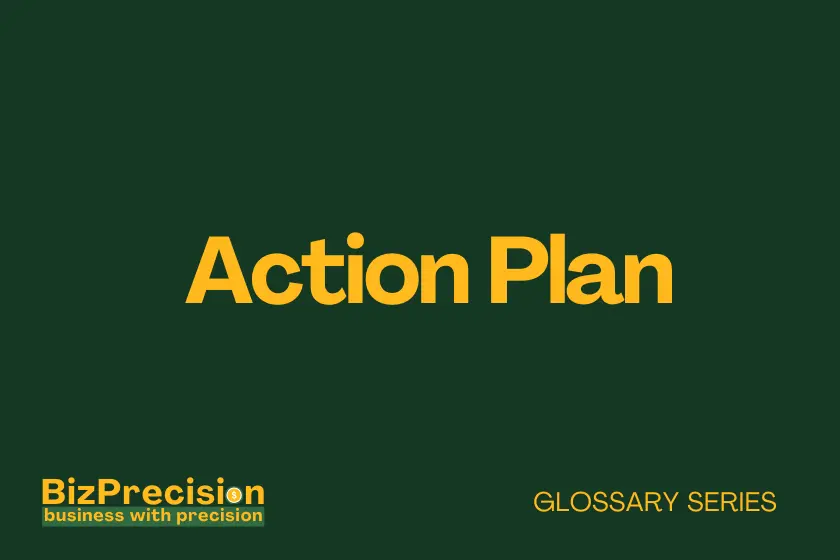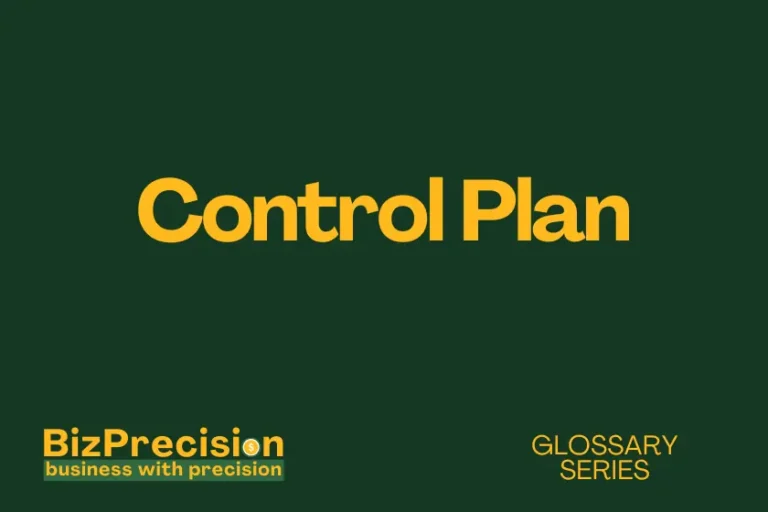What is an Action Plan?
An action plan is a detailed document that outlines specific steps, resources, timelines, and responsibilities needed to achieve a goal or objective.
Action plans turn abstract goals into concrete achievements through systematic planning and execution. They serve as roadmaps for success in business projects and personal development.
According to a 2023 Project Management Institute study, organizations using formal action plans are 65% more likely to complete projects on time and within budget. This highlights the critical role of structured planning in business success.
Let’s explore how you can create and implement effective action plans to achieve your goals.
Understanding Action Plans
Core Components of an Action Plan
The foundation of any successful action plan rests on three key elements:
- Goals and Objectives Clear targets drive successful outcomes. Start by setting SMART goals – Specific, Measurable, Achievable, Relevant, and Time-bound. For example, instead of “increase sales,” set a goal like “boost quarterly sales by 15% within the next 3 months.”
- Tasks and Activities Break down your goals into smaller, manageable steps. Think of these as building blocks that create a clear path to success. A website redesign project might start with “conduct user research” before moving to “create wireframes.”
- Timeline and Deadlines Set realistic timeframes for each task. Studies show that projects with clearly defined milestones are 50% more likely to stay on schedule. Always include buffer time for unexpected challenges.
Types of Action Plans
Different situations call for different planning approaches:
- Strategic Action Plans These focus on long-term business growth. They typically span 1-5 years and align with company vision. A strategic plan might target market expansion or product development goals.
- Project Action Plans These handle specific, time-bound initiatives. They work best for tasks with clear start and end dates, like launching a new product or opening a store location.
- Personal Action Plans These guide individual growth and development. You might use them for career advancement or skill building. They help track progress toward personal milestones.
Creating an Effective Action Plan
Step-by-Step Development Process
Making a solid action plan takes careful planning. Let’s break down each phase:
- Assessment Phase Start by looking at what you have and what you need. A recent McKinsey survey shows that 76% of successful projects begin with a thorough needs assessment. Take stock of your team’s skills and available resources.
- Planning Phase Get everyone involved in setting goals and timelines. Teams that plan together achieve 28% better results than those where leaders plan alone. Write down clear tasks and assign owners to each one.
- Implementation Phase Put your plan into action while staying flexible. Keep track of progress and make changes when needed. Regular check-ins help catch problems early.
Best Practices for Success
Follow these proven strategies to make your action plan work:
- Stakeholder Involvement Include team members from the start. Harvard Business Review reports that plans with broad team input have a 64% higher success rate. Hold regular meetings to get feedback and ideas.
- Resource Allocation Match tasks with the right people and tools. Look at each team member’s skills and workload. Make sure everyone has what they need to succeed.
- Progress Monitoring Check progress often using clear metrics. Weekly or monthly reviews help keep things on track. Use simple tracking tools that everyone can understand.
Common Challenges and Solutions
Every plan faces obstacles. Here’s how to handle them:
- Resource Constraints When money or time runs short, focus on priority tasks first. Break big tasks into smaller ones. Look for creative ways to use what you have.
- Timeline Management Build extra time into your schedule. Studies show most projects need 20% more time than first planned. Update deadlines when things change.
- Team Alignment Keep everyone moving in the same direction. Use regular updates and clear communication. Make sure each person knows their role.
Implementation and Monitoring
Tracking Progress
Success depends on careful monitoring:
- Key Performance Indicators (KPIs) Pick numbers that show real progress. Track things like completion rates, time spent, or cost savings. Make sure your metrics match your goals.
- Reporting Methods Create simple progress reports everyone can understand. Share updates weekly or monthly. Use charts and graphs to show trends clearly.
- Adjustment Protocols Be ready to change course when needed. Set rules for when and how to make changes. Keep the team informed about any updates.
Tools and Technologies
The right tools make planning easier:
- Project Management Software Use tools like Trello or Asana to track tasks. Digital tools help teams work better together. Choose software that’s easy for everyone to use.
- Communication Platforms Pick one main way to share updates. Tools like Slack or Microsoft Teams work well. Avoid using too many different apps.
- Analytics Tools Use simple tools to measure results. Google Analytics tracks website goals. Excel works well for basic number tracking.
Conclusion
A good action plan turns big goals into real results. Start with clear goals, break them into steps, and track your progress. Keep your team involved and stay flexible when things change.
Ready to create your action plan? Start with one goal and follow these steps. Remember, the best plan is one you can actually follow. Keep it simple, stay focused, and adjust as needed.
Take action now: Choose your most important goal and spend 30 minutes mapping out your first action plan. Small steps lead to big achievements.







